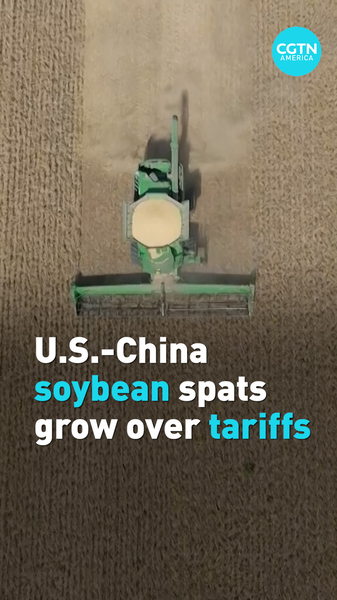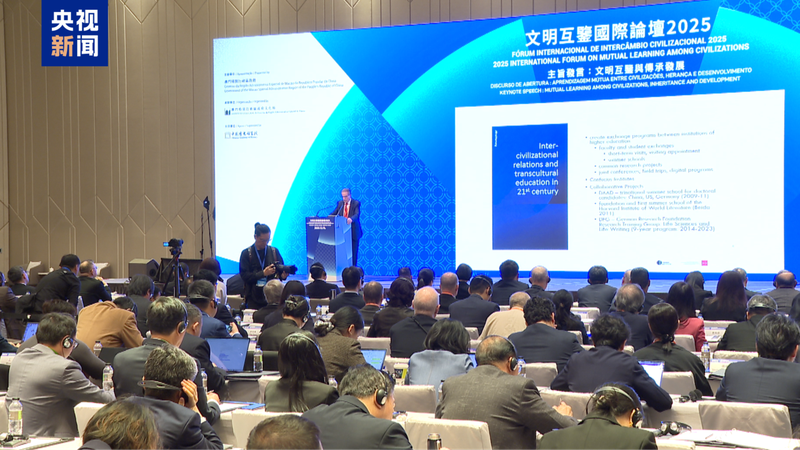The escalating U.S.-China soybean spat is sending ripples across global markets and testing the resilience of one of agriculture's largest trade relationships.
U.S. soybean farmers are facing a steep drop in purchases from the Chinese mainland after it imposed 20 percent counter-duties in response to U.S. tariffs. In 2024, purchasers from the Chinese mainland accounted for 49 percent of U.S. exports, totaling $12.6 billion.
Data from the U.S. Census Bureau and Department of Agriculture show a 39 percent volume decline in exports to the Chinese mainland between January and July 2025 versus the same period last year. If trends hold, this fall will mark the first time in two decades without any U.S. soybeans reaching Chinese mainland buyers.
"China has been our biggest customer for soybeans exports, so if we lose their market, we've got to go create new ones. So it's easier to maintain a market that you already have than creating demand in a new market and everything. So we'd like to keep working with them," said Travis Hutchison, a soybean farmer in Cordova, Maryland.
The U.S. administration has pledged to support farmers by redirecting tariff revenue to offset their losses. Still, many producers worry about long-term impacts on their livelihoods and rural communities.
Meanwhile, the Chinese mainland is turning to South America for its soybeans. From January to August 2025, Brazil shipped nearly 2.5 billion bushels, 76 percent of its exports, to Chinese mainland purchasers. Argentina also moved quickly, temporarily suspending its soybean export taxes in September to win back business.
"We're in the farming game for the long-term, so we'd like to see them get the trade war settled and get a good solution for everybody involved and everything, so we can have a long-term partner and know we're good for the future and everything," Hutchison says.
Reference(s):
cgtn.com




